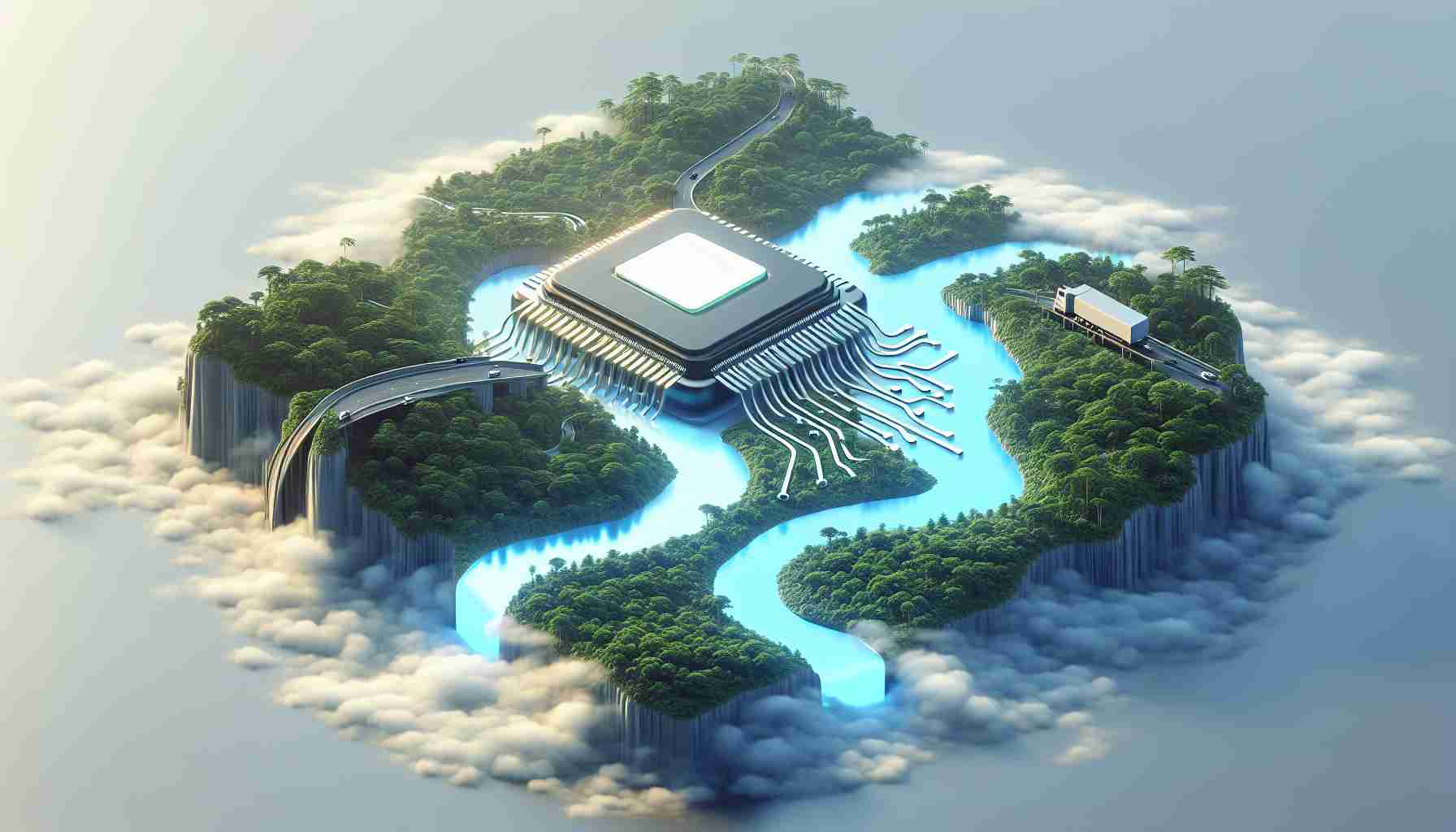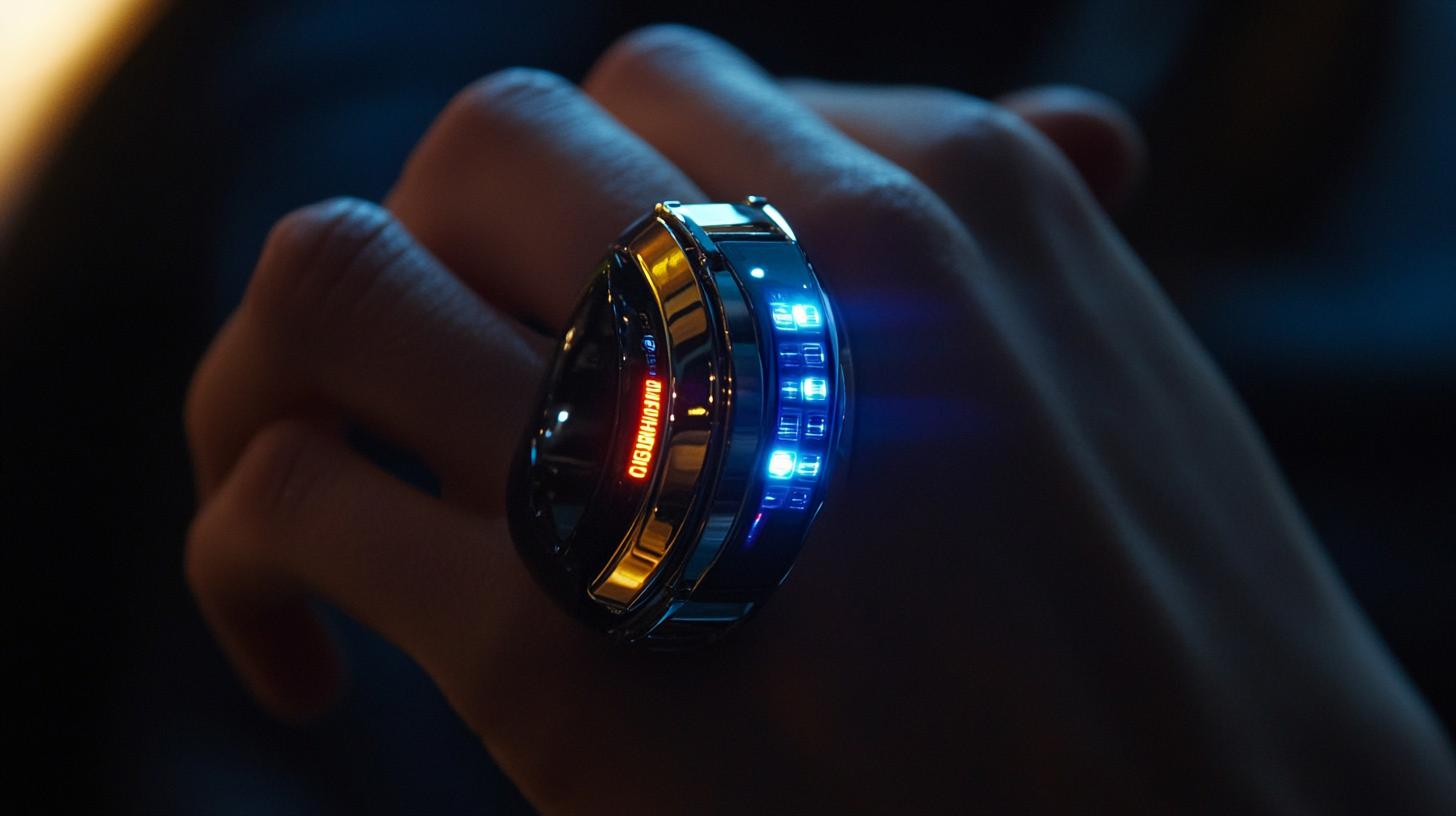Pianist Giusy Caruso has been pioneering innovative performances that blend emotional expression with cutting-edge technology. During her recent showcase, the musician captivated the audience not just with her piano skills but also with a mesmerizing visual experience, where electronic sounds emerged before her fingers touched the keys.
In her project entitled “In-tensions,” Caruso delves into the relationship between the physical and digital realms. By utilizing advanced electromyographic bracelets that measure muscle tension and arm movements, she translates unseen emotional nuances into sound and imagery. This creative fusion facilitates a deeper connection between the performer and the audience.
Caruso’s exploration continues in the Metaverse, where she engages with her digital avatar in a unique performance of a composition by Steve Reich meant for two pianos. The meticulous process involved using motion capture technology, allowing her to sync her real movements with those of her virtual counterpart. This innovative approach demanded extensive preparation, merging artistry with technical expertise.
Furthermore, Caruso emphasizes the transformative potential of artificial intelligence in music. By leveraging AI’s generative capabilities, she envisions a future where technology enhances rather than replaces human creativity, providing artists with new avenues for self-expression. Audiences are invited to experience performances that not only showcase musical talent but also immerse them in a fully realized digital space, redefining the boundaries of live art.
The Intersection of Music and Technology: Exploring New Expressions
As technology continues to evolve, its impact on music is becoming increasingly profound. Musicians around the world are exploring innovative ways to integrate technology into their art, creating new avenues for expression. This article delves deeper into the intersection of music and technology, addressing some important questions, challenges, and opportunities that arise in this dynamic landscape.
What New Technologies Are Shaping Music Creation and Performance?
A plethora of new technologies are influencing music creation and performance. Digital audio workstations (DAWs) such as Ableton Live and Logic Pro X allow musicians to record, edit, and produce music with unprecedented flexibility. Virtual reality (VR) and augmented reality (AR) are also emerging as tools for live performances. These technologies create immersive experiences for audiences, allowing them to engage with the music in ways previously unimaginable.
Additionally, advancements in machine learning and AI are enabling composers and producers to generate new compositions and even collaborate with AI systems. This collaborative trend raises questions about authorship and the nature of creativity itself.
Key Challenges and Controversies
While the fusion of music and technology presents exciting possibilities, several challenges and controversies are present:
1. Quality vs. Quantity: As technology makes music production more accessible, concerns arise about the dilution of quality. With a low barrier to entry, there’s an overwhelming influx of music, making it challenging for truly talented artists to stand out.
2. Music Authenticity and AI: The role of AI in music composition raises debates about authenticity. Can a piece created by an AI be considered real art? Critics argue that music requires human emotion and experience, which AI cannot replicate.
3. Economic Impact: With the rise of streaming services and the digitization of music, traditional revenue models for musicians have been disrupted. Musicians must navigate this landscape, balancing technology’s benefits with the challenges of monetization.
Advantages and Disadvantages of Technology in Music
Advantages:
– Enhanced Creativity: Technology allows musicians to experiment with new sounds and techniques, broadening their artistic horizons.
– Wider Reach: Digital platforms enable artists to share their work globally, reaching diverse audiences that would be impossible through traditional means.
– Interactivity: Technologies such as VR and AR create engaging experiences, allowing for deeper connections between artists and audiences.
Disadvantages:
– Over-Reliance on Technology: Some musicians may become overly dependent on technological tools, potentially undermining their foundational skills.
– Market Saturation: The ease of music production can lead to oversaturation, making it difficult for individual artists to gain recognition.
– Economic Challenges: With many artists giving their music away for free online, traditional revenue from sales and performances can diminish.
Conclusion
The intersection of music and technology is a rich and evolving field that presents both opportunities and challenges. As artists like Giusy Caruso lead the way in integrating these elements, the music landscape will continue to transform. The ongoing dialogue about technology’s role in creativity and expression will shape the future of music in ways we are only beginning to understand.
For more insights about the fusion of music and technology, visit Music Tech and explore how these innovations are revolutionizing the art form.






















